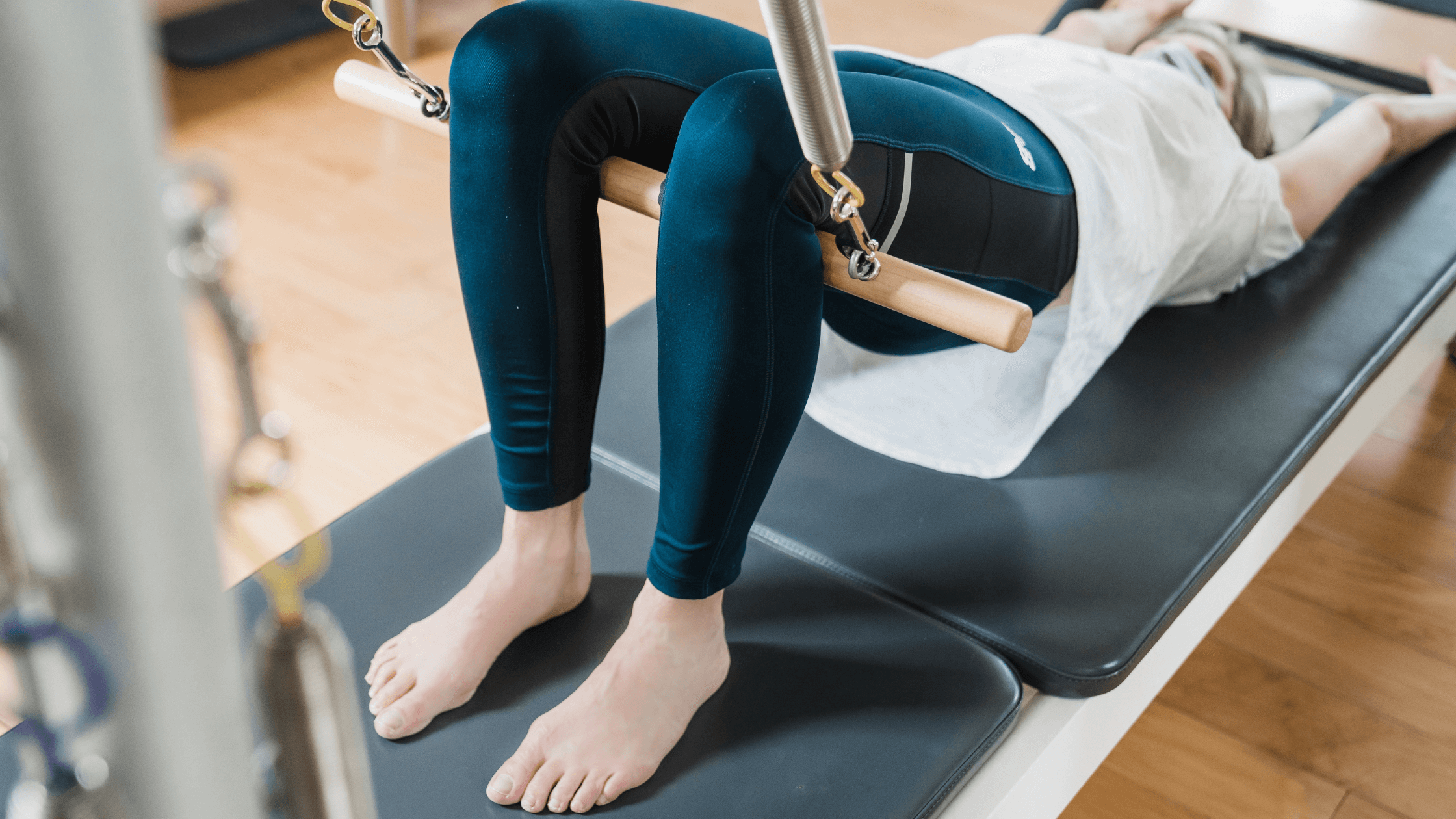Licensed Physical Therapist, PT, DPT // EW Pilates Instructor // Center Coordinator for Clinical Education // Credentialed APTA Clinical Instructor // EW Motion Therapy Homewood
When you have a baby, there are many things going through your mind. You are now responsible for every single need of your tiny, helpless child, as well as the other responsibilities you had before you gave birth. Along the way, it can be so easy to forget to take care of yourself, especially dedicating time to postpartum rehab. But why should you try to work postpartum rehab into your busy schedule? Is it even worth it?
While fulfilling your baby’s needs is vital, ensuring a proper recovery for yourself after giving birth is essential as well. Our women’s health team at EW Motion Therapy understand that new moms are going through so many changes to their daily life, and childbirth is one of the most difficult things that any woman can go through. Our ultimate goal is to help our clients heal well so they can be fully present for their new baby. Even if you choose not to pursue postpartum rehab with us, we still want to educate you on what rehab can look like.
This article discusses what a typical postpartum rehab regimen can look like, why it is so important, how long postpartum rehab can last, and how physical therapy can help. With this information, you can take care of yourself for a change and ensure proper healing.
What happens during postpartum rehab?
Specific therapies applied during rehab can vary based on your individual needs and the practitioner you choose, but generally, postpartum rehab focuses on a few general areas. First, your specialist will work on relaxing and contracting your pelvic floor, as this process is vital to daily functioning, and it may turn into further health issues down the road if not addressed. You will then undergo some kind of postural training - as your belly grew, it affected your posture, maybe more so than you realized. You need to retrain your brain to be more aware of where your body is while standing. This process can also help you have better posture while breastfeeding.
Along with postural changes comes rebuilding core strength, and healing conditions like diastasis recti that may have occurred during your pregnancy. If you had a C-section, your specialist will help you with scar mobility, so a buildup of scar tissue will not affect your daily functioning. They will also help you safely reintegrate exercise into your routine - your joints can be more lax after birth than you realize, and you could hurt yourself if you push them too hard.
Your individual rehab can differ based on the type of birth you had, even though there is some overlap with both. Along with scar mobility for C-sections, you will also relearn how to use your abdominal muscles correctly. You will not be bending over or lifting much, since your abdomen and muscle tissue needs to heal. If you had a vaginal birth, you will be doing a lot of pelvic floor retraining, and ensuring mobility as you heal in areas that may have had stitches.
Why is postpartum rehab important?
But why should you prioritize postpartum rehab as best you can in your schedule? Well, many issues treated in rehab are much easier to treat early on, even if you only have one appointment to learn a few exercises. If they are not treated as soon as possible after birth, some issues could develop into long-standing, chronic conditions. For example, if you do not retrain your pelvic floor, you could develop health issues like incontinence.
It can also be beneficial to seek professional advice specifically. It is easy to look up ‘postpartum exercises’ online, but the exercises you try on your own could not be very effective, or they could even hurt you. A postpartum rehab specialist can personalize treatment to your body and ensure you heal as quickly as possible.
How long does postpartum rehab last?
Unless your doctor specifically tells you not to, most women can start doing some exercises within 24-48 hours of giving birth, with isometric contractions. But most women start rehab 6-8 weeks after birth, especially if they had tearing or a C-section. Of course, discuss any rehab plans with your doctor before getting started.
Most rehab programs last anywhere from 4-8 weeks, depending on the frequency of your sessions. Your specialist will understand that it is difficult for you to get out of the house much, and most of rehab is education and implementing exercises at home. Once you get that professional guidance, as long as you can do your exercises safely, you are free to complete them on your own.
How can physical therapy help?
Now you know more about postpartum rehab and a realistic timeline for many programs. A women’s health physical therapist can be a great specialist to see, both before and after delivery, as they can specifically help you build strength in surrounding areas while others heal. They can even help you with labor positions and retraining your posture, along with healing conditions like diastasis recti.
It can be difficult to prioritize yourself after having a baby, but making time for rehab postpartum really is essential to your future health and wellbeing. Our women’s health team at EW Motion Therapy understands how valuable your time is, and we will develop your treatment plan with your busy schedule in mind. If you had a C-section and want more information on how to best care for your scar, click the button below to download our free guide.


